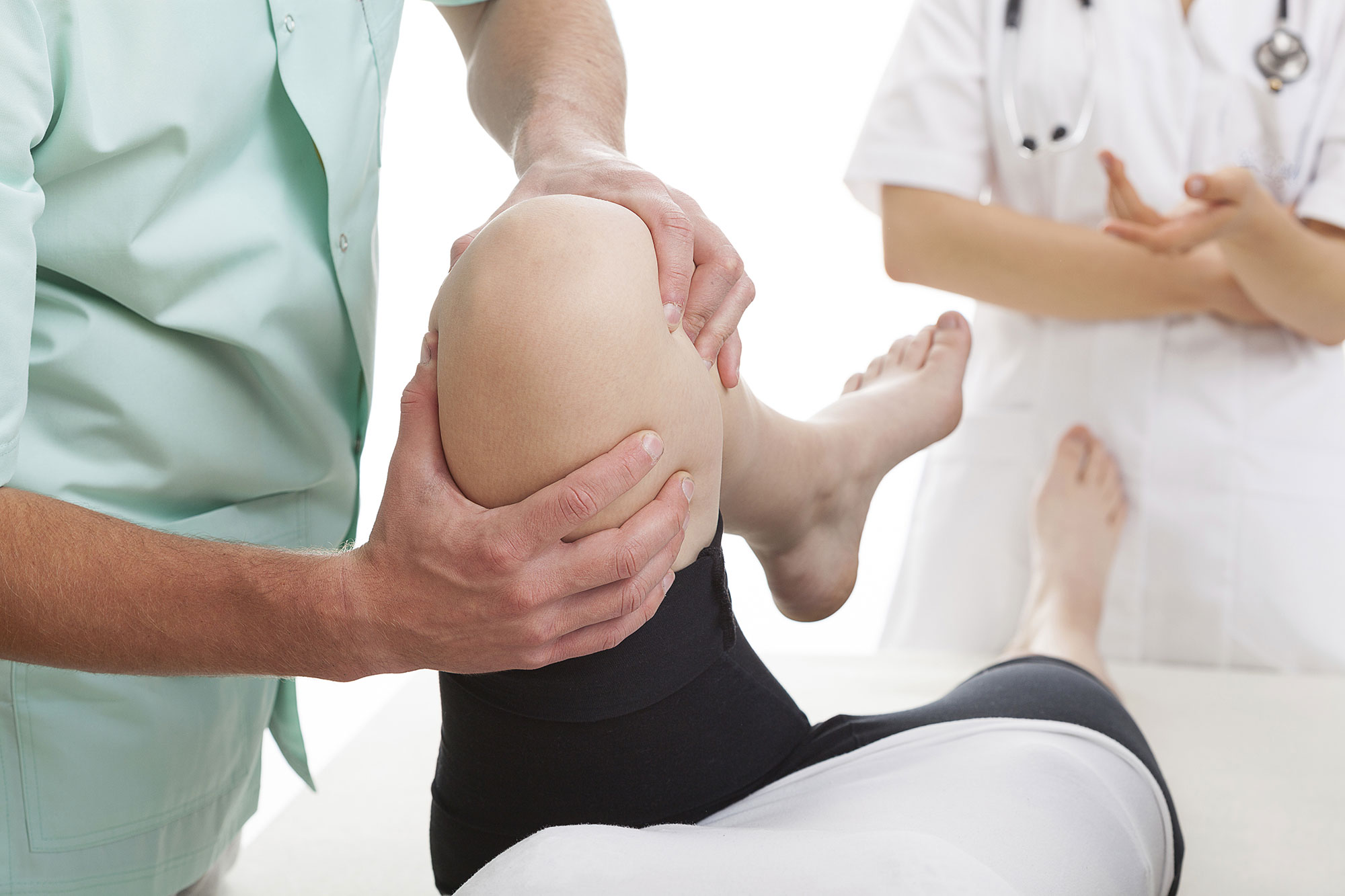P.B.S. (Percutaneous Bianchi’s System)

What is hallux valgus?
Commonly known as a bunion, it is among the most frequent anatomical deformities of the foot, found mostly in women. It is an outward displacement of the big toe towards the other toes. Furthermore, this is accompanied by an increase of the angle formed between the first and second metatarsals and the creation of exostosis on the interior of the foot, at the height of the first metatarsophalangeal joint (before the hallux).
As time passes, a callus is formed, which in turn comes in contact with the shoe, causing redness or inflammation and consequently pain.
BUNION: WHAT CAUSES IT
The cause of this condition is not exactly known; however, it appears that it is mainly a hereditary condition exacerbated by the use of unsuitable shoes (narrow shoes, hard leather shoes and high heels). Many believe that the main cause are bad shoes, but this is in stark contrast with the fact that the condition is often encountered in African countries, where people walk barefoot or do not use heels etc.
There are other secondary causes, such as valgus foot on the heel, ankle varus deformity or autoimmune and degenerative diseases that cause lesions in foot structure.
How the bunion affects the body
This pathological condition of the big toe then affects other future toe deformations and components, causing even hammertoes.
Moreover, because of its short and long-term outward displacement, the valgus hallux affects the overall behavior of the musculoskeletal system due to accompanying pronation, thus causing a shift in the axis of gravity and even resulting in lumbar hyperlordosis.
METATARSALGIA

Also known as dropped metatarsals, metatarsalgia is characterized by pain in the anterior part of the foot (bottom surface of the foot) just a bit behind the toes, and may concern either the central area or the 1st ray (medially) or the 5th ray (laterally).
The cause of dropped metatarsals
Usually the cause is biomechanical (poor weight distribution on the foot due to bad shoes), which changes the normal weight distribution on the foot, or due to an anatomical abnormality (such as longer metatarsals), local inflammatory diseases or nerve conditions (such as Morton's neuroma).
Over time, due to the intense pressure during walking, a keratosis (callus) appears on the dropped metatarsal heads. It most often affects women, because they use shoes with heels, which aggravates the more vertical distribution of weight on the metatarsal heads.
It appears less often in men, but it is more serious because it conceals more serious predisposing factors, such as planovalgus foot etc.
How metatarsalgia is treated
Metatarsalgia can largely be treated conservatively using special but properly engineered soles, so as to postpone surgical treatment, even for years. In cases where conservative treatment is not capable of addressing the problem, surgical treatment should follow, with percutaneous osteotomy of the metatarsal heads using the PBS method.
HAMMERTOE

Hammertoe is a condition whereby the first or more joints are flexed, forming an acute angle as shown in the picture. The basic (1st) phalanx of the toe is in dorsiflexion, while the middle phalanx (2nd) is in plantar flexion. Usually a callus is formed on the joint, due to frictional contact with the shoe. Moreover, this hyperkeratosis caused by friction with the shoe creates local redness, inflammation and pain.
The cause of hammertoe
Usually it is due to impairment of the functional balance between tendons and muscles because of a change in the foot structure that occurs over time. The usual suspects for this pathological condition are narrow shoes, a long toe, an injury and heredity factors.
Hammertoe symptoms
Symptoms mostly include pain, callus formation, local inflammation of the skin, burning sensation and even local skin ulceration.
Frequently this pathological condition coexists with hallux valgus. The only treatment for these deformities is surgery and Metropolitan Hospital offers ideal solutions with the use of PBS and all the advantages of this percutaneous technique.
5th METATARSUS VARUS
 The 5th metatarsus varus is the outward and dorsal deviation of the 5th metatarsal head. Its causes are congenital, usually linked to a shortening of the extensor brevis of the 5th toe. Usually it coexists with a subluxation or dislocation of the 5th metatarsophalangeal joint with a hyperextension and valgus of the basal phalanx of the fifth toe, followed by a thickening of the synovial pouch and the corresponding medial collateral ligament. A shortening of the extensor tendon of the 5th toe is often observed, resulting in dorsiflexion of the toe, making the dislocation repair even more difficult.
The 5th metatarsus varus is the outward and dorsal deviation of the 5th metatarsal head. Its causes are congenital, usually linked to a shortening of the extensor brevis of the 5th toe. Usually it coexists with a subluxation or dislocation of the 5th metatarsophalangeal joint with a hyperextension and valgus of the basal phalanx of the fifth toe, followed by a thickening of the synovial pouch and the corresponding medial collateral ligament. A shortening of the extensor tendon of the 5th toe is often observed, resulting in dorsiflexion of the toe, making the dislocation repair even more difficult.
It appears due to high heels and narrow shoes. It may also be caused by heredity or rheumatoid disease, and neurological or other abnormal malformations of the foot, so in this case it would be a secondary disease.
Treatment of the 5th metatarsus varus
The 5th metatarsus varus can only be treated surgically at Metropolitan Hospital, with percutaneous surgery (PBS) and rehabilitation of injuries (5th metatarsal head osteotomy, capsuloplasty, tenolysis etc.).
OTHER TOE DISEASES
Claw Toe
 A claw toe deformity is a condition characterized by an interphalangeal joint contraction resulting in metatarsophalangeal joint dorsiflexion. A claw toe is often seen in people with flat feet, due to malfunctioning of the flexor and extensor muscles. Causes may either be hereditary or acquired.
A claw toe deformity is a condition characterized by an interphalangeal joint contraction resulting in metatarsophalangeal joint dorsiflexion. A claw toe is often seen in people with flat feet, due to malfunctioning of the flexor and extensor muscles. Causes may either be hereditary or acquired.
Claw toes are treated at Metropolitan Hospital using the PBS technique.
Mallet toe
 Mallet toe is the bending only of the last phalangeal joint, while the previous joints are normal.
Mallet toe is the bending only of the last phalangeal joint, while the previous joints are normal.
Mallet toes are treated at Metropolitan Hospital using the PBS technique.
Deviated toe
It is the condition characterized by an inward (valgus) or outward (varus) deviation of one or more toes.
Deviated toes are treated at Metropolitan Hospital using the PBS technique.
WHAT IS THE PBS TECHNIQUE?
Dr Salonikidis treats foot diseases at Metropolitan Hospital using the PBS technique (physiological and human approach). PBS stands for Percutaneous Bianchi’s System.
 In line with the spirit of PBS, the doctor focuses on how the patient will be updated correctly from the first until the last stage of treatment, starting with their first contact with the doctor, whether opting for a conservative or surgical solution, in order to achieve the best possible outcome for the patient.
In line with the spirit of PBS, the doctor focuses on how the patient will be updated correctly from the first until the last stage of treatment, starting with their first contact with the doctor, whether opting for a conservative or surgical solution, in order to achieve the best possible outcome for the patient.
The exams that a patient has to undergo prior to being examined by the doctor are a simple X-ray of the suffering foot, in face and profile, while rarely an X-ray on Guntz may be requested or a CT scan in very special and rare cases.
With this technique, during surgery the surgeon uses very small and minimal tools to make very small incisions (approx. 2 mm) where necessary, through which they can operate with precision under fluoroscopy. Using these tools (special mini surgical blades, drills etc.), the doctor can execute corrections on the structure of a foot with precision, through fractures, tenotomies and capsuloplasty, so as to achieve the best possible result.
The great innovation of this technique is doing away with the view that each fracture requires immobilization to be healed. Therefore, he lets the fractures he creates on the bones heal themselves, so that healing is the result of real load bearing needs and not according to pre-established standards which required that the doctor defined when this should occur. A special dressing is applied at Metropolitan Hospital postoperatively. The patients wake up wearing a special shoe and they can walk immediately.
ADVANTAGES OF THE PBS TECHNIQUE

- Regional anesthesia (local), so the patient does not undergo general anesthesia, thereby leaving the hospital on the same day, 1-2 hours after surgery.
- No use of osteosynthesis materials, so there is no need for new surgery to remove materials, nor any risks from complications caused by materials or their loosening.
- Short operative time (10-25 minutes), contrary to conventional methods which require approximately 1 hour of surgery.
- Immediate load bearing after surgery, with walking essential for the proper restoration of gait and fracture healing.
- Largely limited postoperative pain (use of over-the-counter analgesics). Note that approximately 1/3 of patients use no analgesics.
- It does not require frequent wound dressing changes as in earlier methods. Only one change is needed in about 20 days, and a follow-up in about 40 days, using a postoperative X-ray.
Before and After
https://www.metropolitan-hospital.gr/en/services/general-services/orthopedics/our-services/foot-p-b-s#sigProId33fd71cf50










































